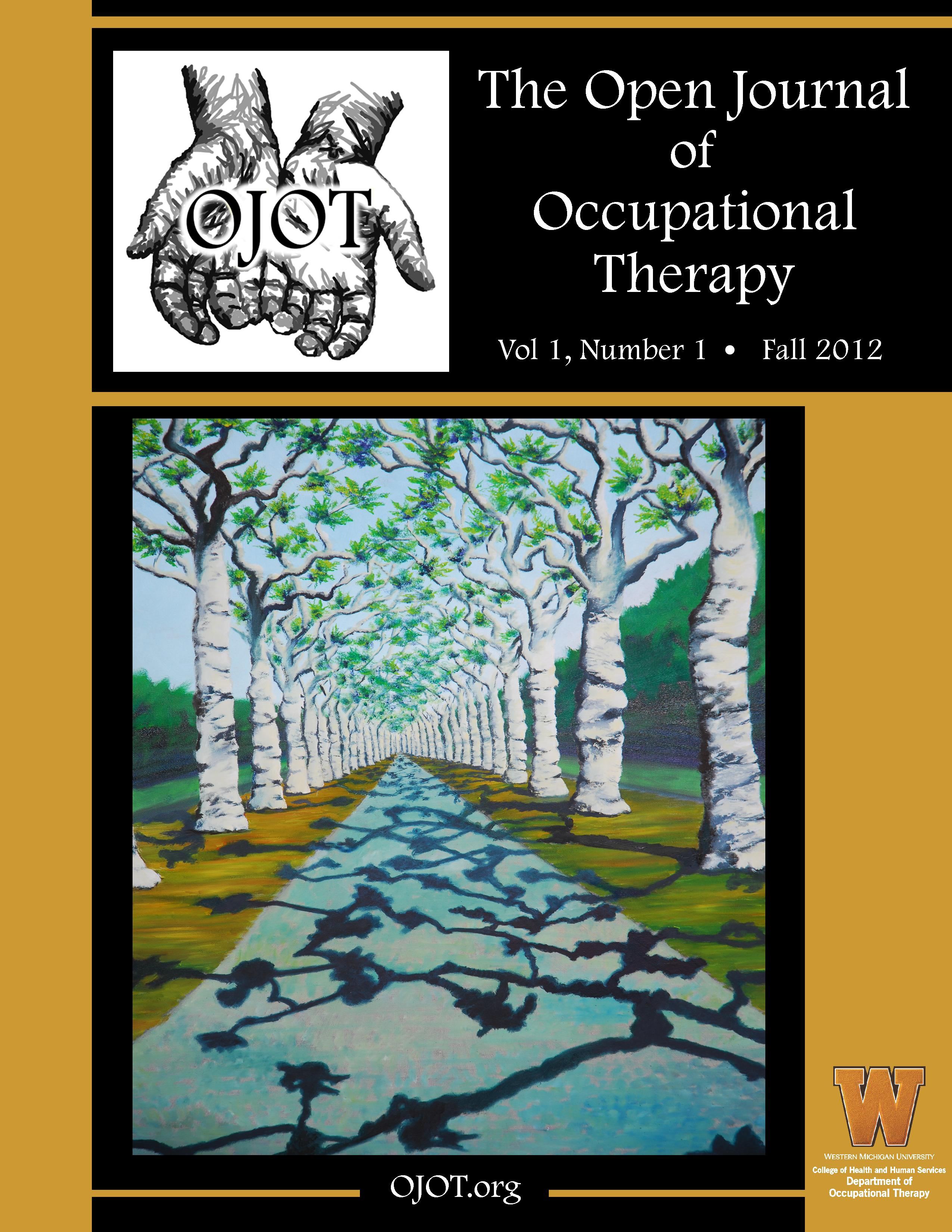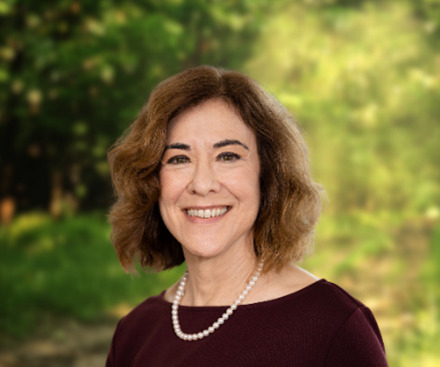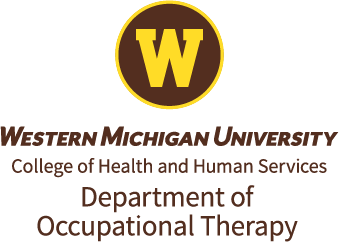ScholarWorks > HHS > OT > OJOT > Vol. 6 > Iss. 4 (2018)
Credentials Display
Keith Gentry, MS, OTR/L, SCLV, SC-FES; Karen Snyder, PhD, OTR/L; Beth Barstow, PhD, OTR/L, SCLV, FAOTA; Jordan Hamson-Utley, PhD, LAT, ATC,
Abstract
Despite the call for the profession to embrace a more integrated and holistic approach to practice, therapists may be faced with practical challenges, including issues relating to client caseloads, productivity demands, scheduling, entrenched practices, limitations on service imposed by payer sources, and staffing and budgetary restraints, to name but a few. Due to these limitations, current occupational therapy practice may be predisposed to adopt a more reductive approach to the evaluation and treatment of symptoms, underlying biological pathologies, and resulting impairments and disabilities. Therefore, psychological and social factors may be neglected, resulting in an unbalanced, fragmented, and incomplete approach to patient care. This paper examines a more holistic and integrated biopsychosocial approach in current occupational therapy practice. Furthermore, an exploration of the Biopsychosocial Model, its relevance to the profession of occupational therapy, and the proposed methods of application toward a more holistic, evidence-based, and client-centered approach to clinical practice is addressed.
Recommended Citation
Gentry, K., Snyder, K., Barstow, B., & Hamson-Utley, J. (2018). The Biopsychosocial Model: Application to Occupational Therapy Practice. The Open Journal of Occupational Therapy, 6(4). https://doi.org/10.15453/2168-6408.1412



Comments
The authors report no conflicts of interest to disclose.